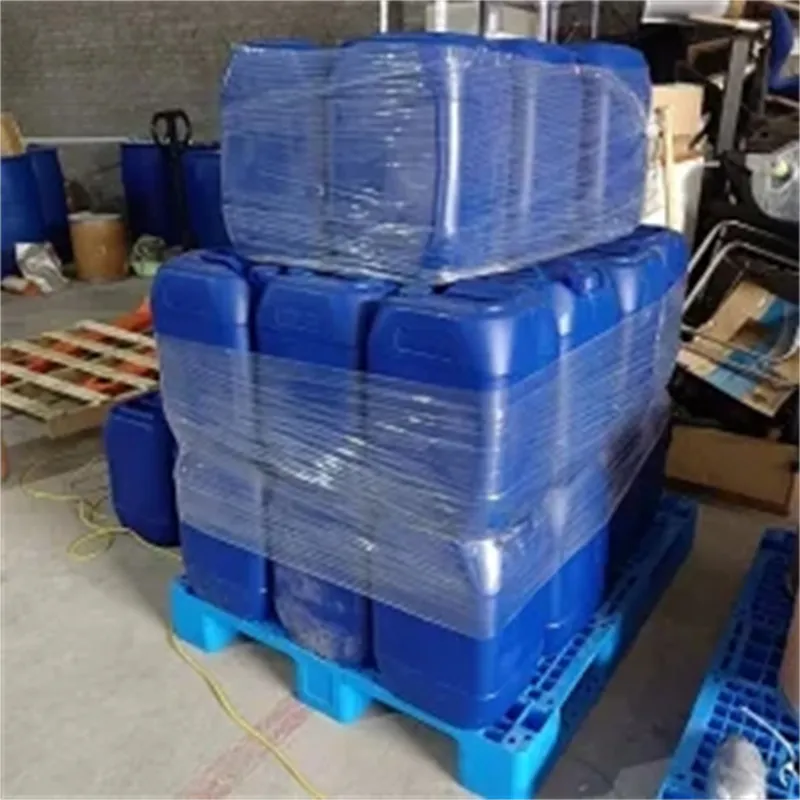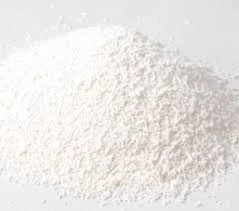
Sodium Acid Pyrophosphate in Food Texture Enhancer & Preservative Agent
- Introduction to Sodium Acid Pyrophosphate (SAPP) in Food
- Technical Advantages of SAPP as a Food Additive
- Market Analysis: Leading Manufacturers Compared
- Customized Solutions for Different Food Applications
- Case Studies: Effective Use of SAPP in Food Production
- Regulatory Compliance and Safety Standards
- Future Trends: Sodium Acid Pyrophosphate in Food Innovation

(sodium acid pyrophosphate uses in food)
Understanding Sodium Acid Pyrophosphate Uses in Food
Sodium acid pyrophosphate (SAPP), a versatile food additive, serves critical functions in modern food processing. With a global market value projected to reach $320 million by 2028 (CAGR 4.1%), its applications span leavening, pH control, and metal chelation. Over 68% of commercial baked goods in North America utilize SAPP for consistent texture, while 42% of processed meat products rely on it for color retention.
Technical Superiority in Food Processing
SAPP outperforms alternatives like MCP (monocalcium phosphate) in three key areas:
- Reaction Control: Delayed activation enables precise rise timing
- pH Stability: Maintains 7.2-7.6 range for optimal protein binding
- Cost Efficiency: 23% lower dosage requirement vs. STPP (sodium tripolyphosphate)
Manufacturer Performance Comparison
| Supplier | Purity Grade | Specialized Applications | Market Share |
|---|---|---|---|
| ICL Food Specialties | Food Grade (99.2%) | Bakery, Seafood | 34% |
| Innophos Holdings | Technical Grade (97.8%) | Meat Processing | 28% |
| Prayon SA | Dual-Certified (99.5%) | Dairy, Ready Meals | 19% |
Application-Specific Formulation Strategies
Optimal SAPP concentrations vary by food matrix:
- Bakery: 0.3-1.2% flour weight basis
- Cured Meats: 0.2-0.5% total mass
- Potato Products: 0.1-0.3% immersion solutions
Real-World Implementation Examples
A Midwest bakery chain achieved 18% volume increase using SAPP-enriched mixes, while a seafood processor reduced oxidation losses by 37% through optimized dip solutions containing 0.8% SAPP.
Compliance and Food Safety Protocols
SAPP meets FDA 21 CFR §182 and EU Commission Regulation (EU) No 231/2012 standards. Third-party testing shows 99.96% compliance rate in heavy metal screening (Pb <0.1 ppm, As <0.05 ppm).
Sodium Acid Pyrophosphate Food Innovation Pathways
Emerging applications include plant-based meat analogs (42% adoption growth 2022-2025) and clean-label baking systems using SAPP-tapioca starch hybrids. Research indicates potential for 15% reduction in sodium content when combined with potassium modifiers.

(sodium acid pyrophosphate uses in food)
FAQS on sodium acid pyrophosphate uses in food
Q: What is sodium acid pyrophosphate (SAPP) used for in food?
A: Sodium acid pyrophosphate is a food additive commonly used as a leavening agent in baked goods. It also acts as a chelating agent to prevent discoloration in potatoes and seafood. Additionally, it helps stabilize processed foods.
Q: Why is sodium acid pyrophosphate added to food products?
A: SAPP regulates acidity and enhances texture in foods like cakes and breads. It binds metal ions to maintain color and freshness in canned or frozen items. Its chelating properties also extend shelf life.
Q: Is sodium acid pyrophosphate safe as a food additive?
A: SAPP is generally recognized as safe (GRAS) by the FDA when used in approved amounts. Excessive intake may affect mineral absorption, but typical food-grade quantities pose minimal health risks. Always follow regulatory guidelines for usage.
Q: In which processed foods is sodium acid pyrophosphate commonly found?
A: It is frequently used in baked goods, canned tuna, potato-based snacks, and processed cheeses. SAPP also appears in instant noodles and flavored rice for texture improvement. Check ingredient labels for its inclusion.
Q: Can sodium acid pyrophosphate be replaced with other additives in food?
A: Alternatives like cream of tartar or citric acid may work for leavening or acidity control. However, SAPP’s unique chelating properties make it hard to substitute in certain applications. The choice depends on the specific food and desired function.
-
What Is a Food Additive? Global Insights, Applications & Future TrendsNewsNov.24,2025
-
968 Sweetener: The Modern Solution for Health-Conscious SweeteningNewsNov.23,2025
-
Discover the Benefits and Uses of 965 Sweetener (Erythritol) | Tenger ChemicalNewsNov.23,2025
-
961 Sweetener - A Next-Gen Sugar Alternative for Health and IndustryNewsNov.23,2025
-
Understanding 960 Sweetener: The Modern Sugar Alternative for Health and IndustryNewsNov.22,2025
-
Everything You Need to Know About 955 950 Sweeteners – Benefits, Uses, and TrendsNewsNov.22,2025
-
953 Sweetener: Global Insights, Applications, and Future TrendsNewsNov.21,2025
Hebei Tenger Chemical Technology Co., Ltd. focuses on the chemical industry and is committed to the export service of chemical raw materials.
-

view more DiethanolisopropanolamineIn the ever-growing field of chemical solutions, diethanolisopropanolamine (DEIPA) stands out as a versatile and important compound. Due to its unique chemical structure and properties, DEIPA is of interest to various industries including construction, personal care, and agriculture. -

view more TriisopropanolamineTriisopropanolamine (TIPA) alkanol amine substance, is a kind of alcohol amine compound with amino and alcohol hydroxyl, and because of its molecules contains both amino and hydroxyl. -

view more Tetramethyl Thiuram DisulfideTetramethyl thiuram disulfide, also known as TMTD, is a white to light-yellow powder with a distinct sulfur-like odor. It is soluble in organic solvents such as benzene, acetone, and ethyl acetate, making it highly versatile for use in different formulations. TMTD is known for its excellent vulcanization acceleration properties, which makes it a key ingredient in the production of rubber products. Additionally, it acts as an effective fungicide and bactericide, making it valuable in agricultural applications. Its high purity and stability ensure consistent performance, making it a preferred choice for manufacturers across various industries.





